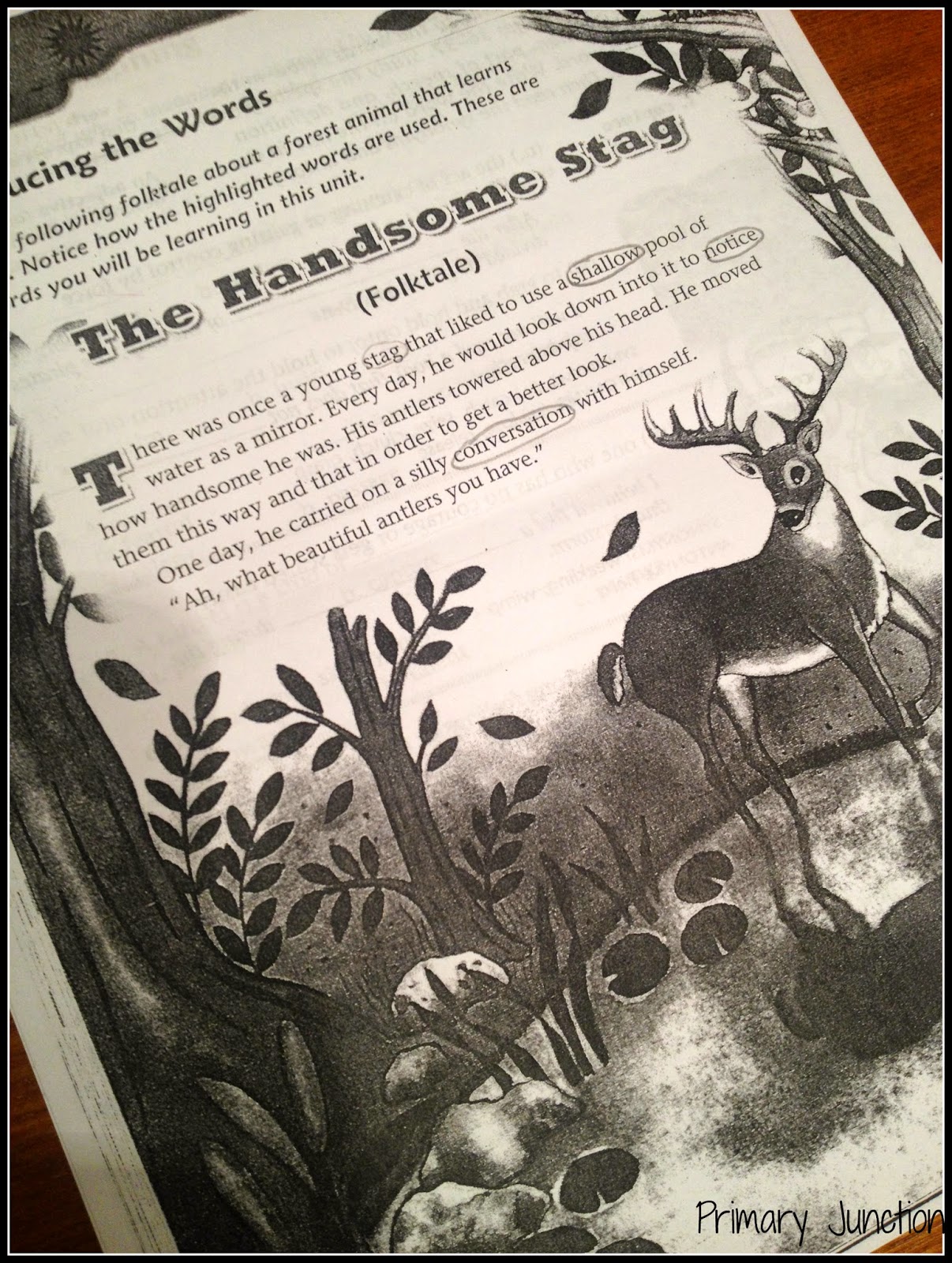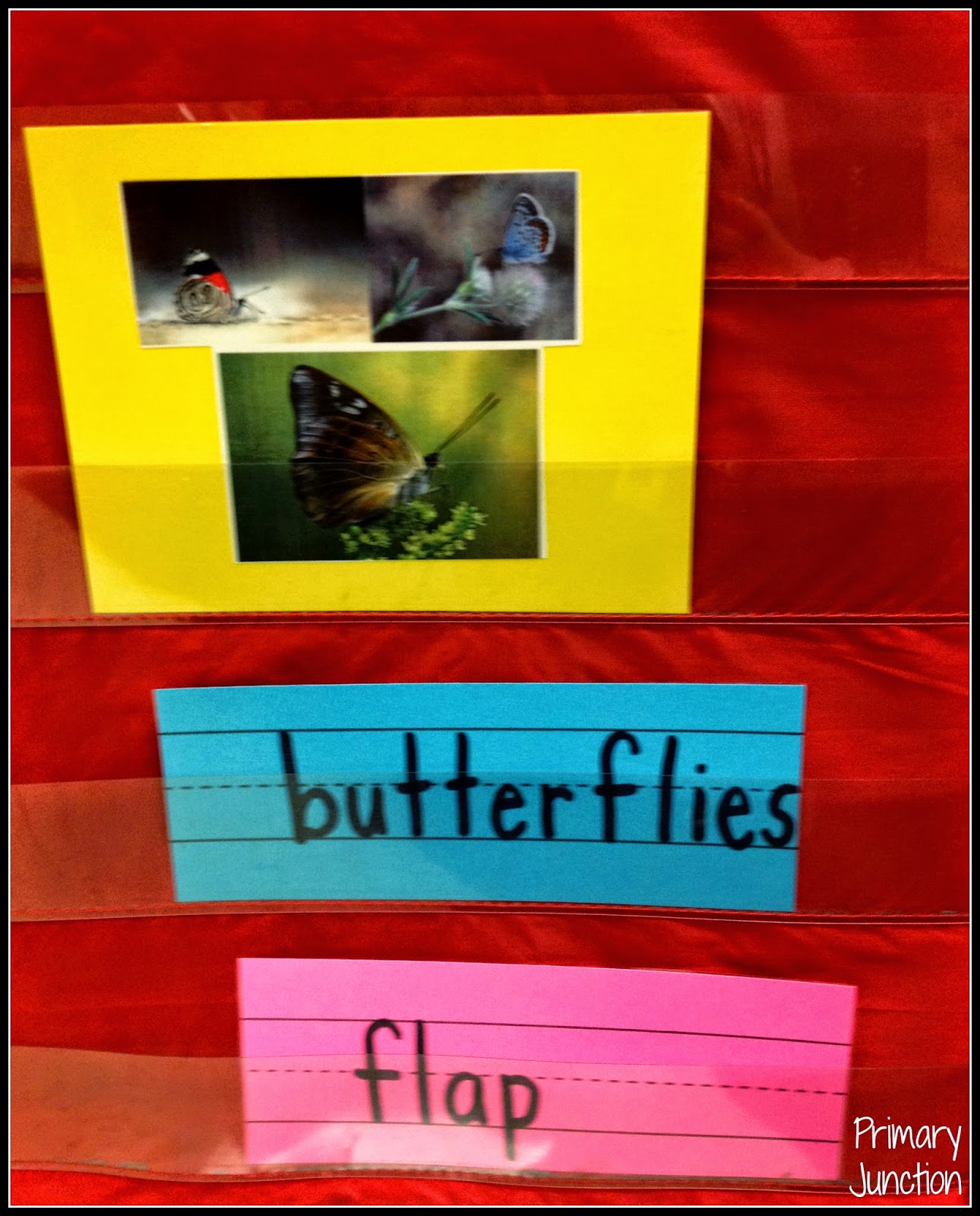Working With ELL Students in the Classroom
English Language Learners (ELL) are a joy to work with! Sometimes, though, it’s easy to feel unsure as to whether or not you are meeting their needs in the classroom. Many college programs do not address ELL in-depth and only cover them in a lesson or two. Today’s classroom has changed greatly from what it was ten years ago, much less twenty years ago. Today, there are many English Language Learns in the classroom, and these students are expected to meet the same Standards and take the same tests as natural born English speakers. It’s certainly a challenge but one that can most definitely be tackled. In this post, you will find information explaining the varying language proficiency levels and methods you can use as a classroom teacher to support these students.
You may or may not be familiar with WIDA. WIDA stands for World-Class Instructional Design and Assessment. If you have English Language Learners in your class, you might have heard of an assessment these students take. Well, it comes from WIDA. WIDA is in charge of designing and implementing Standards and assessments for English Language Learners in Grades K-12. They also have a section that does the same for Spanish Language Learners.
Students will be tested in the following domains: Listening, Speaking, Reading, and Writing. Afterward, they will be placed within the six English language proficiency levels:
Below is a description of each level:
Level 1 – Entering – Student does not understand or speak English, except for possibly a few words or expressions.
Level 2 – Beginning – Student understands and speaks conversational and academic English with hesitancy and difficulty. Student is able to understand parts of lessons and directions. Student is significantly below grade level in reading and writing, usually pre-emergent or emergent level.
Level 3 – Developing – Student understands and speaks conversational and academic English, is developing post-emergent reading (and comprehension) and writing skills in English, and has the skills to show academic knowledge with assistance.
Level 4 – Expanding – Student understands and speaks conversational English without difficult but understands and speaks academic English hesitantly. Student is acquiring content area skills needed to meet grade level expectations with assistance.
Level 5 – Bridging – Student understands and speaks conversational and academic English and is near proficient in content area skills needed to meet grade level expectations. Student requires occasional support.
Level 6 – Formerly Limited-English Proficient/Now Fully-English Proficient – Student was formerly limited-English proficient and is now fully English proficient. Student reads, writes, speaks, and comprehends English within academic classroom settings.
I’ve put together a handout that explains each proficiency level and also contains questioning probes/accommodations you can use at each level. These will be helpful when planning instruction.
In the classroom setting, students falling under the beginning levels of proficiency will need explicit instruction in letters, letter sounds, and phonics. This must come before they can comprehend. Here are some ideas you might be able to use with your ELL students in the classroom setting:
Focus Intensively on Letter Names, Letter Sounds, and Phonics
Students must learn the English Language before they can be expected to read, comprehend, and write on grade level. This will require an intensive approach to teaching letter names, letter sounds, and phonics. Make sure to include this in your Guided Reading and Intervention groups.
Draw and Label Scenes from Books
After reading a book, have students draw a picture of their favorite part of the story. Then, ask them to label it. If you have a student/s with very limited English, you might ask everyone to draw a specific scene from the story, and then work together as a group to name and label objects in the scene. This helps to build vocabulary. Afterward, have students read the words back to you.
Find and Define Unknown Words
This works great with students who are becoming proficient in English. Have them read a passage or story to themselves and circle any unknown words. When everyone is finished, make a class list of the words. To define the words, have students use strategies previously taught. Also, consider writing sentences with the word on the board but leave out the unknown word. Ask students what word do they think belongs in the sentence. Practice pronouncing the unknown words. After defining the words, reread the passage.
When introducing vocabulary words, it is helpful if you can attach an action to the word. For example, when saying the word “author” move your hand as if you are writing. These actions will help students attach meaning to words; it also helps with recall!
Act out Stories and Words
Read stories with lots of repetition and rhyming words. In the story Old McDonald Had a Farm, there are many mentions of animals and their sounds. While reading this story aloud, I read it by myself the first time. Since it has many lines of repetition, I paused occasionally and had students fill in the words.
I hope these suggestions will help you feel more prepared to work with ELL students in the classroom! You will find working with these students be a rewarding experience.




.jpg)
.jpg)
.jpg)
.jpg)
.jpg)